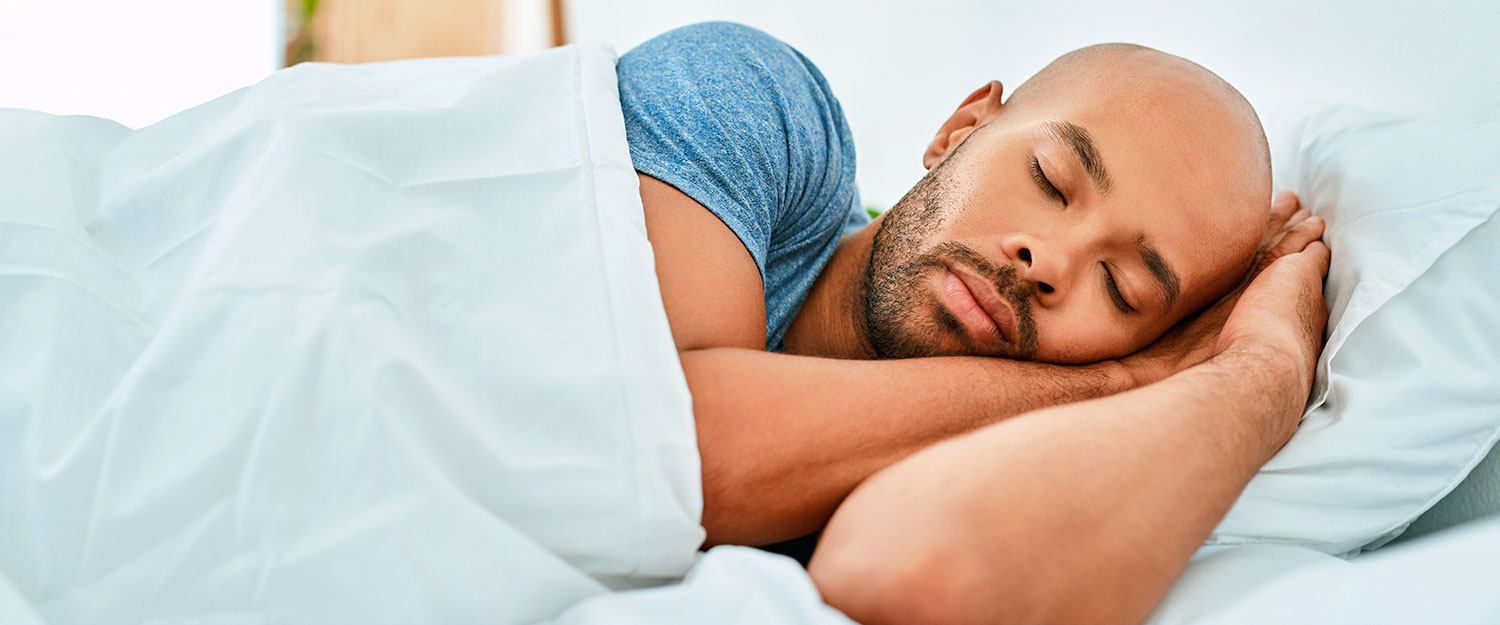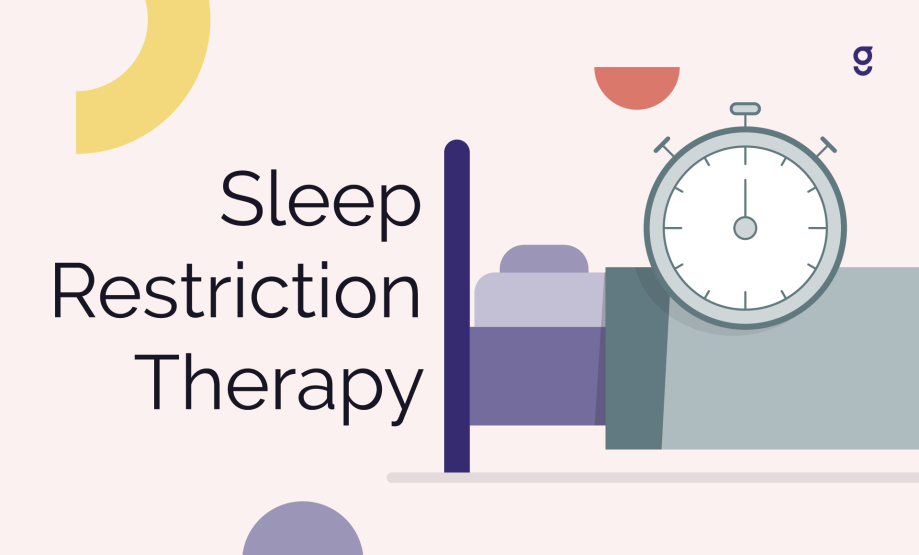Cognitive Behavioral Therapy for Insomnia (CBT-I) - Proven Methods
Cognitive Behavioral Therapy for Insomnia (CBT-I) - Proven Methods
Blog Article
Efficient Therapy Solutions for Taking Care Of Rest Disorders and Enhancing Relaxed Sleep
In the realm of healthcare, the management of rest disorders and the quest for restful rest are crucial elements of overall health. Effective therapy services supply a complex approach to tackle these challenges, varying from cognitive behavioral interventions to all natural methods that advertise relaxation and mindfulness. The exploration of numerous techniques, consisting of the integration of drug and light therapy, opens a realm of opportunities in the quest of far better sleep high quality. As we navigate the complex landscape of rest disorders and seek to improve our sleep experience, a deeper understanding of these therapy solutions might hold the key to unlocking a much more relaxing and fulfilling restorative trip.
Cognitive Behavioral Treatment for Insomnia (CBT-I)
Cognitive Behavioral Therapy for Sleep Problems (CBT-I) is a structured, evidence-based treatment method that focuses on addressing the underlying aspects adding to sleep disturbances. This kind of therapy aims to modify behaviors and thoughts that intensify sleeping disorders, eventually promoting healthy sleep patterns. CBT-I commonly includes numerous vital parts, consisting of cognitive treatment, sleep limitation, stimulation control, and sleep hygiene education.
Cognitive therapy helps individuals identify and change negative idea patterns and beliefs about rest that may be hindering their ability to fall or remain asleep. Rest constraint includes limiting the quantity of time invested in bed to match the individual's real rest duration, therefore boosting sleep performance (insomnia specialist). Stimulus control strategies help develop a solid association between the bed and sleep by urging people to go to bed only when drowsy and to prevent taking part in boosting tasks in bed
Additionally, rest hygiene education and learning concentrates on establishing healthy and balanced rest behaviors, such as preserving a regular sleep routine, producing a relaxing bedtime regimen, and enhancing the sleep environment. By addressing these factors adequately, CBT-I offers an effective non-pharmacological intervention for handling insomnia and enhancing overall sleep quality.
Rest Health Practices
Having established the structure of cognitive restructuring and behavioral alterations in dealing with sleeplessness through Cognitive Behavioral Treatment for Insomnia (CBT-I), the focus now shifts in the direction of exploring vital Sleep Health Practices for keeping optimal sleep quality and overall wellness.
Rest hygiene methods incorporate a range of routines and ecological factors that can dramatically influence one's ability to go to sleep and remain asleep throughout the evening. Constant rest and wake times, developing a relaxing bedtime routine, and optimizing the sleep atmosphere by maintaining it dark, silent, and cool are critical components of good sleep hygiene. Restricting direct exposure to displays before bedtime, preventing energizers like high levels of caffeine close to bedtime, and participating in regular physical task throughout the day can also promote far better rest top quality.
In addition, practicing leisure techniques such as deep breathing exercises or meditation prior to bed can assist calm the mind and prepare the body for sleep. By incorporating these rest hygiene methods into one's everyday regimen, individuals can develop a healthy and balanced rest pattern that supports peaceful rest and overall well-being.
Leisure Techniques and Mindfulness
Executing relaxation strategies and mindfulness methods can play a crucial duty in promoting a feeling of calm and advertising high quality rest. sleep disorder treatment. These techniques aim to peaceful the mind, reduce stress and anxiety, and produce home an optimal atmosphere for relaxed sleep. One commonly exercised technique is deep breathing workouts, where people concentrate on sluggish, deep breaths to relax the body and mind. Dynamic muscle leisure entails tensing and afterwards releasing each muscular tissue team, promoting physical leisure. In addition, directed images can assist carry individuals to a calm location in their minds, helping in anxiety decrease and boosting sleep quality.
By incorporating these methods into a going to bed regimen, people can signify to their bodies that it is time to prepare and loosen up for sleep. In general, incorporating leisure methods and mindfulness techniques can considerably contribute to taking care of rest conditions and enhancing total sleep high quality.

Medicine Options for Rest Disorders
After exploring relaxation methods and mindfulness practices as non-pharmacological interventions for improving sleep top quality, it is important to consider medication options for individuals with rest conditions. In situations where way of life adjustments and therapy do not offer adequate relief, medication can be a beneficial device in taking care of rest disturbances.
Generally prescribed drugs for rest problems include benzodiazepines, non-benzodiazepine hypnotics, antidepressants, and melatonin receptor agonists. Benzodiazepines, such as diazepam, are sedatives that can assist cause sleep, yet they are usually suggested for short-term use because of the risk of dependancy. Non-benzodiazepine hypnotics like zolpidem are also made use of to treat insomnia and have a reduced threat of reliance compared to benzodiazepines. Antidepressants, such as trazodone, can be helpful for individuals with co-occurring clinical depression and sleep disturbances. Melatonin receptor agonists, like ramelteon, target the body's natural sleep-wake cycle and can be useful for regulating sleep patterns.
It is important for individuals to consult with a medical care have a peek at this website supplier to identify the most appropriate drug choice based upon their certain rest disorder and clinical background.
Light Treatment for Circadian Rhythm Regulation
Light treatment, also called photo-therapy, is a non-invasive therapy technique used to manage body clocks and improve sleep-wake cycles. This treatment entails exposure to intense light that imitates all-natural sunlight, which aids to reset the body's inner clock. By exposing individuals to details wavelengths of light, commonly in the morning or evening depending upon the wanted effect, light treatment can effectively change the body clock to promote wakefulness during the day and enhance peaceful rest during the night.
Research study has actually revealed that light treatment can be especially beneficial for individuals with body clock problems, such as delayed sleep phase disorder or jet lag. It can likewise be useful for those experiencing seasonal depression (SAD), a sort of depression that typically happens during the winter season months when all-natural light direct exposure is reduced. Light therapy is normally well-tolerated and can be utilized along with various other therapy approaches for sleep disorders to enhance results and enhance total sleep high quality.
Conclusion
In final thought, effective treatment solutions for managing sleep problems and enhancing relaxing sleep consist of Cognitive Behavior modification for Sleeping Disorders (CBT-I), sleep hygiene practices, relaxation methods and mindfulness, medicine choices, and light treatment for circadian rhythm law. These strategies can help people boost their rest quality and overall wellness. It is very important to seek advice from a health care copyright to identify the most suitable strategy for addressing rest issues.
As we browse the intricate landscape of sleep conditions and seek to boost our sleep experience, a much deeper understanding of these therapy services might hold the secret to unlocking an extra relaxing and satisfying restorative journey.
Rest limitation includes limiting the quantity of time spent in bed to match the person's real sleep period, thereby increasing sleep performance. Constant rest and wake times, producing a relaxing going to bed regimen, and optimizing the rest environment by maintaining it dark, peaceful, and cool are vital components of excellent sleep health. Light treatment is normally well-tolerated and can be made use of in combination with various other treatment techniques for sleep disorders to maximize outcomes and boost overall rest high quality.

Report this page